In the annals of history, few events have wrought as much disruption and transformation as the COVID-19 pandemic. This global health crisis, declared a pandemic by the World Health Organization (WHO) in March 2020, has reshaped our daily lives, economies, and social structures. Among its many facets, the pandemic's impact on education has been profound and far-reaching. This essay endeavors to explore the intricacies of this transformation, focusing on the challenges faced, adaptations made, and the lessons learned during this unprecedented journey through COVID-19.
The Pre-Pandemic Landscape: A Time of Routine and Tradition
Before the pandemic struck, education was a realm steeped in tradition and routine. Classrooms buzzed with the energy of young minds, as teachers imparted knowledge through lectures, discussions, and hands-on learning. Universities and schools hosted events, conferences, and extracurricular activities that fostered personal and professional growth. Students interacted face-to-face, building friendships and a sense of community. The traditional model of education was the norm, with little room for disruption.
The Pandemic's Tsunami: A Shift in Paradigm
The pandemic upended this status quo overnight. Governments around the world imposed lockdowns, closing schools and universities to contain the spread of the virus. This sudden shift forced educators and learners alike into uncharted territories. Online learning became the new norm, with teachers scrambling to adapt to virtual classrooms and students grappling with the challenges of distance education.
The transition was not without its hurdles. Many students lacked access to reliable internet or devices necessary for remote learning. The digital divide widened, exacerbating inequalities in education. Teachers found themselves navigating unfamiliar technology platforms, struggling to maintain engagement and discipline in a virtual environment. The loss of personal interaction led to a decline in mental health among both students and teachers, exacerbating feelings of isolation and loneliness.
Adaptation: The Silver Lining in Adversity
Despite these challenges, humanity's resilience shone through in the form of innovation and adaptation. Educators embraced technology with open arms, exploring various online tools and platforms to facilitate learning. From video conferencing software like Zoom to interactive e-learning platforms like Khan Academy and Coursera, educational resources became more accessible than ever before.
Flexible learning schedules and self-paced courses became popular, allowing students to balance their studies with other responsibilities such as work or family care. Online collaboration tools like Google Classroom and Moodle facilitated group projects and discussions, mimicking the social aspect of traditional classrooms.
Moreover, the pandemic accelerated the adoption of blended learning models, combining online learning with in-person classes when possible. This approach ensured continuity of education while adhering to safety protocols. Educators also emphasized the importance of mental health support, incorporating resources for stress management and well-being into their curricula.
The Unintended Consequences: A Reflection on Learning Loss
While adaptations were made to mitigate the impact of the pandemic, one cannot overlook the consequences of this abrupt shift in education. Learning loss became a significant concern, as research highlighted disparities in academic progress between students who could access quality online education and those who struggled due to various barriers. Students who were already marginalized or from low-income families faced even greater challenges, further widening the achievement gap.
The loss of hands-on learning experiences was another setback. Science labs, art classes, and physical education were replaced by virtual simulations or skipped altogether, impacting students' practical skills and creativity. The absence of face-to-face interactions also hindered social and emotional development, affecting students' ability to build relationships and resilience.
The Silver Lining: Opportunities for Growth and Innovation
Despite these challenges, the pandemic also presented opportunities for growth and innovation in education. It spurred a renewed focus on equity and accessibility, prompting governments and institutions to invest in infrastructure that would ensure all students had equal access to quality education. Online resources became more diverse and inclusive, catering to different learning styles and needs.
The pandemic also accelerated the adoption of technology in education, paving the way for a more digital future. It highlighted the importance of digital literacy and fostered a generation that is comfortable navigating digital spaces. The shift towards personalized learning became more feasible, with educators using data analytics to tailor teaching methods to individual student needs.
Lessons Learned: A New Normal?
As we emerge from the pandemic's grip, it is clear that education will never be the same again. The journey through COVID-19 has taught us several lessons that will shape our approach to education in the years ahead:
1、Adaptability is Key: The ability to adapt quickly in response to changing circumstances is crucial for both educators and learners. This mindset will be essential as we navigate future crises or shifts in educational landscapes.
2、Technology as a Catalyst: The pandemic has demonstrated that technology can be a powerful tool for transforming education. It has the potential to democratize access to knowledge, enhance learning experiences, and facilitate collaboration across distances.
3、The Importance of Mental Health: The mental health of students must be prioritized in all educational settings. Educators must be trained to recognize signs of distress and provide support services to mitigate the impact of stressors on students' well-being.
4、Equity Matters: The pandemic has underscored the need for equitable access to education resources, particularly in times of crisis. Efforts must be made to bridge the digital divide and ensure that no student is left behind due to financial or geographical barriers.
5、Flexibility in Learning Models: Blended learning models offer a promising approach to balance in-person instruction with online learning, providing a more holistic educational experience that caters to diverse needs and preferences.
Conclusion: A Journey Towards a Better Tomorrow
The COVID-19 pandemic has been a defining moment in our collective history, reshaping our understanding of education and its role in society. As we move forward from this challenging period, it is essential that we learn from our experiences and use them as a catalyst for change. By embracing adaptability, leveraging technology responsibly, prioritizing mental health, ensuring equity, and adopting flexible learning models, we can create a more resilient and inclusive educational system that prepares students for the future we are yet to know.
The journey through COVID-19 has been filled with twists and turns, but it has also illuminated new possibilities for growth and innovation in education. As we continue on this path, let us carry forward the lessons learned from this unprecedented time, striving towards a more just, accessible, and transformative educational landscape for all.
转载请注明来自爬爬百科,本文标题:《疫情对教育的影响,COVID-19期间的反思之旅》


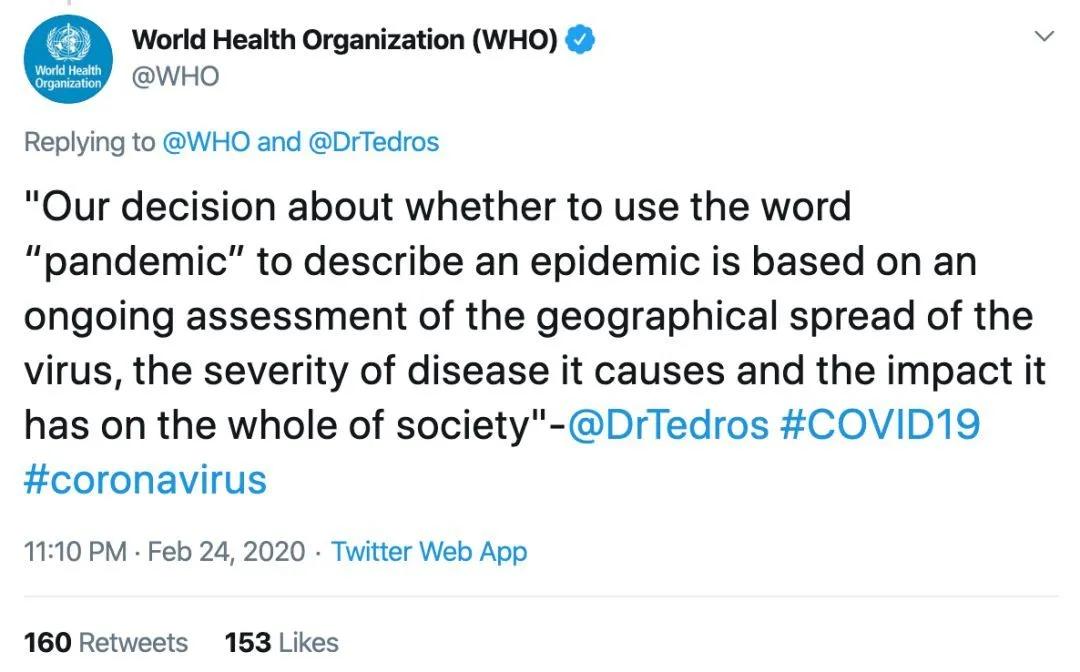

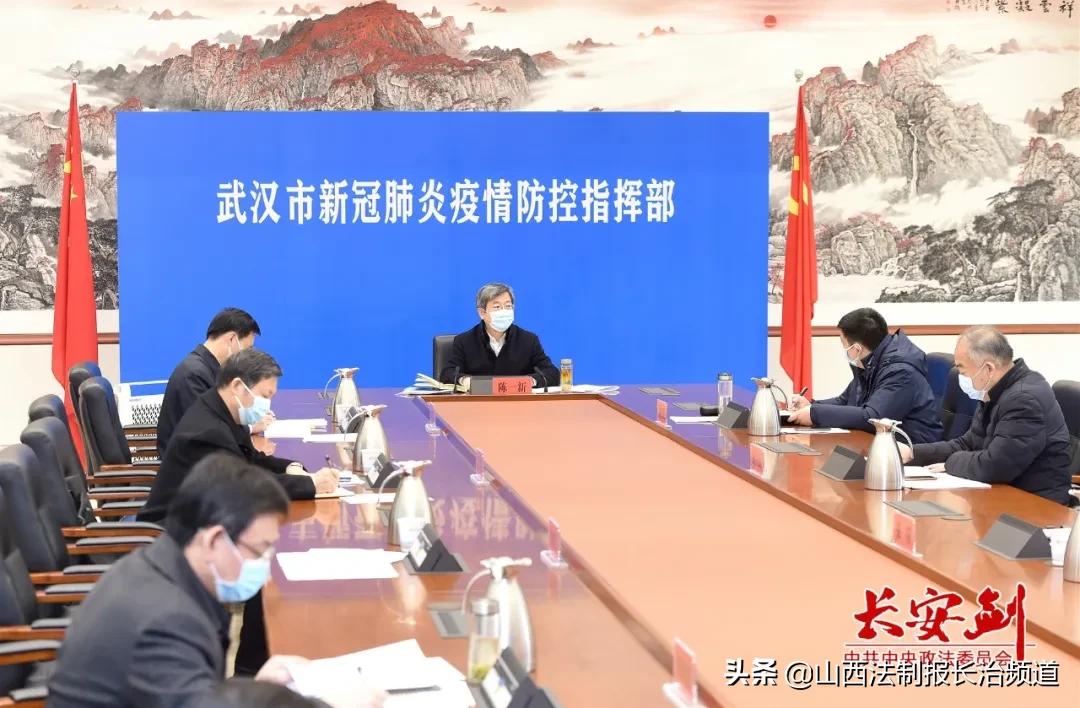

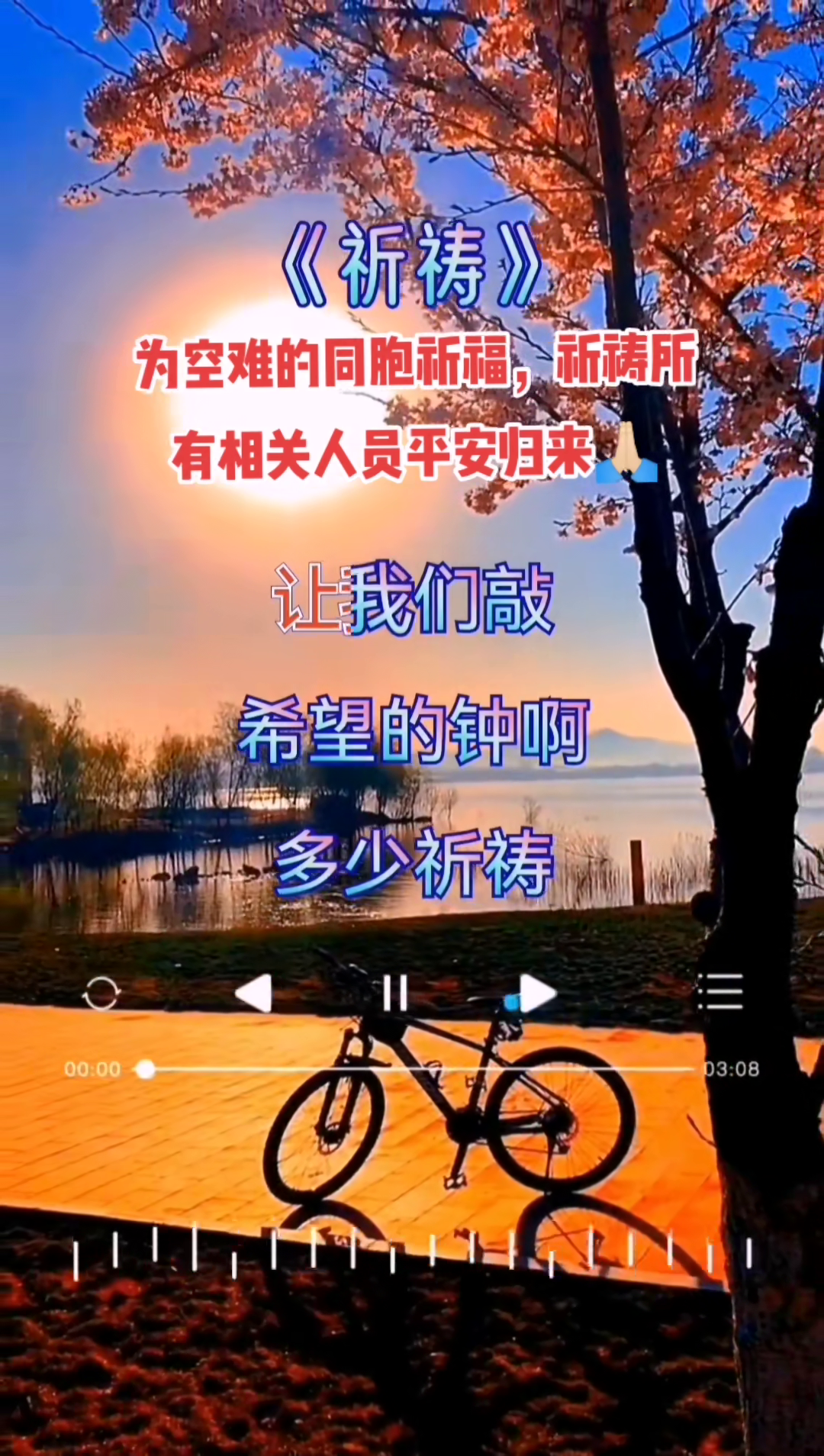
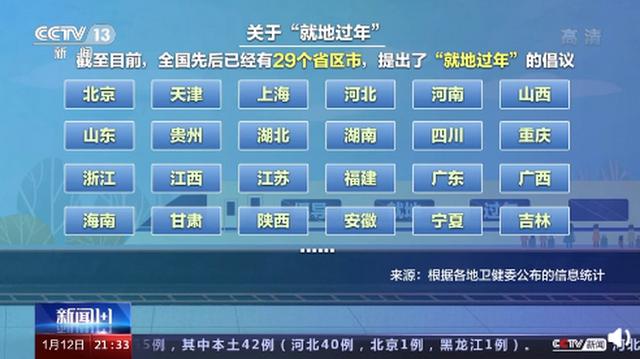
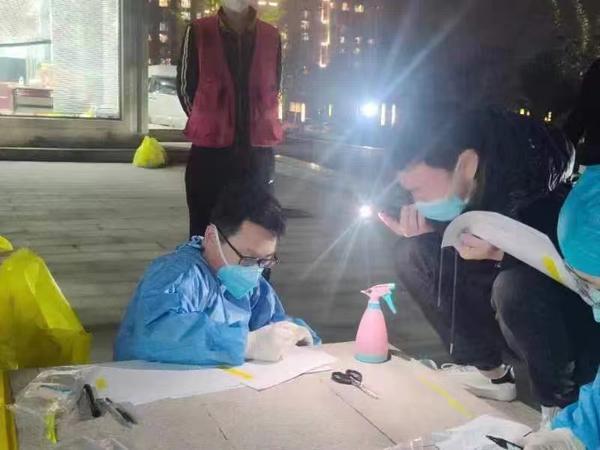
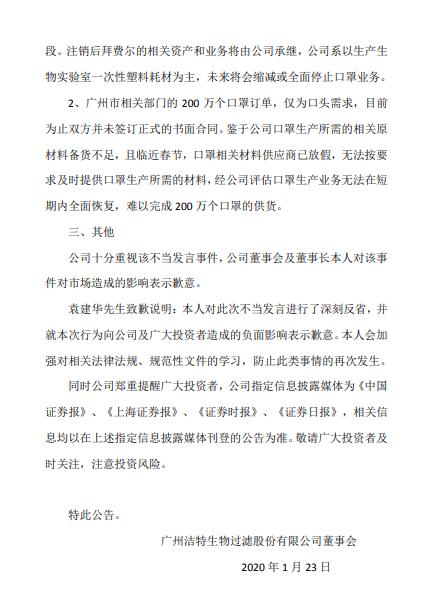

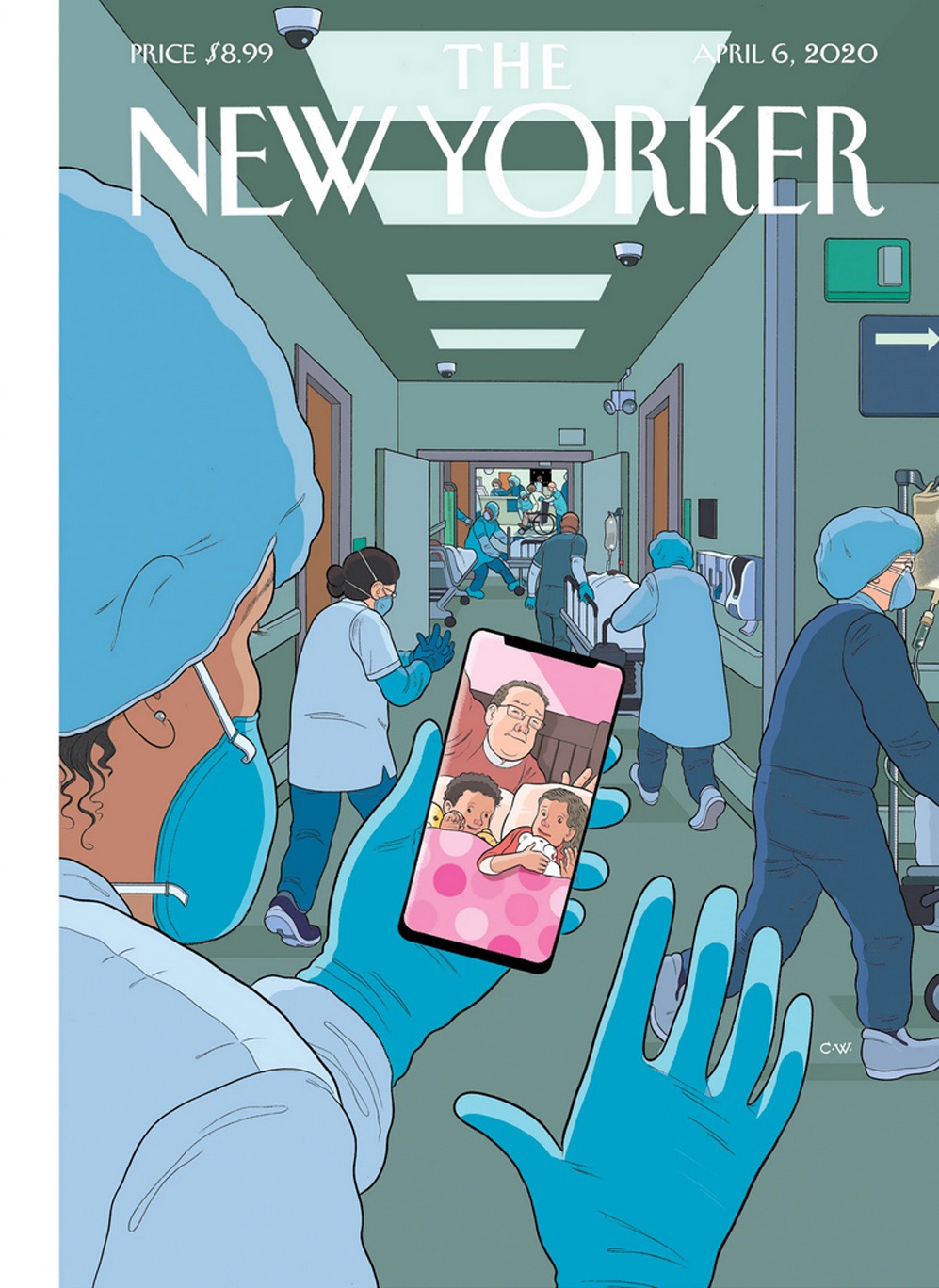
 京ICP备11000001号
京ICP备11000001号
还没有评论,来说两句吧...